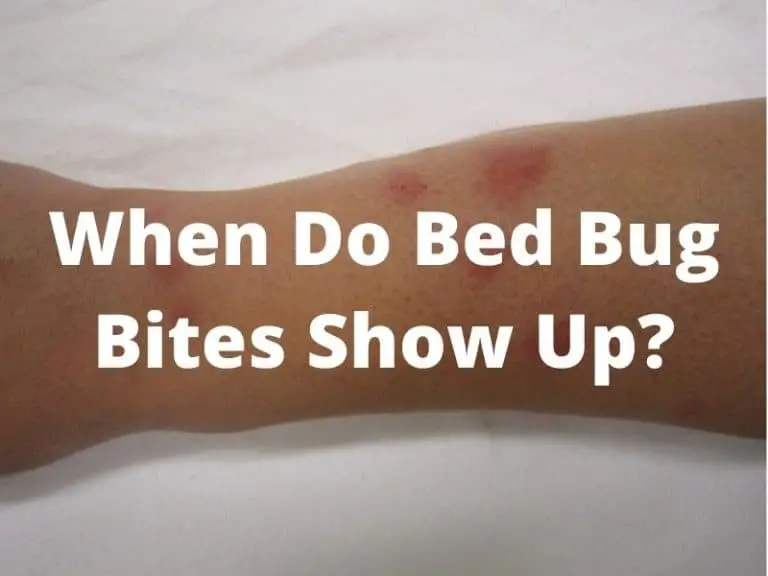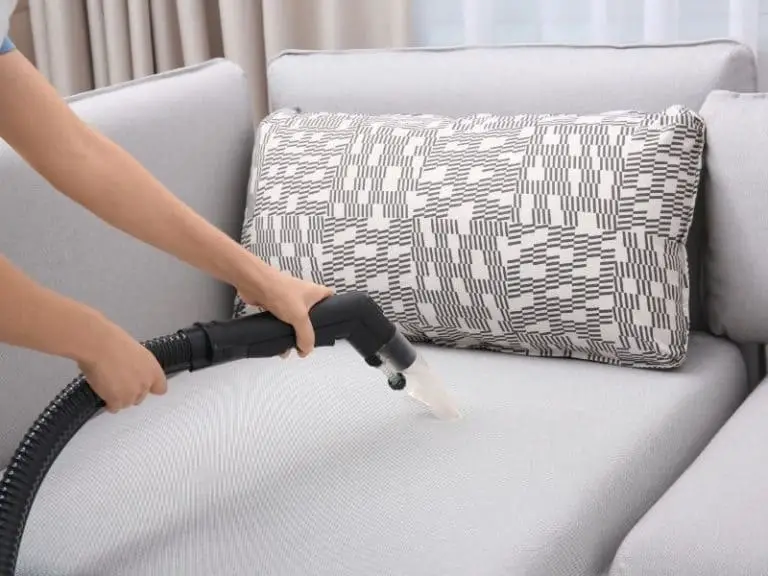Can Bed Bugs Survive Outside in Winter?
Most people experiencing a bed bug infestation can’t wait for winter to arrive. It’s because they believe that the coldest months of the year can wipe out those bloodsucking pests.
According to professional exterminators themselves, bed bugs can die at low temperatures alright, provided that they are exposed to extreme cold for a few days. And now you may be wondering if winter is enough to kill bed bugs, especially outdoor ones.
However, you need to know the following.
Provided that it’s not that cold, bed bugs can survive outside in winter. This is true even if they have no access to blood as they can live without food anywhere from 20 days to a little over a year. However, if the temperature is below zero as they can die in four days, with or without food.
Below, we will tackle a couple of things.
First, how bed bugs can go from being indoor pests to outdoor pests.
Second, if they can die from being outside in wintertime. It is important to arm yourself with the right information if you want to put an end to your bed bug infestation.
Otherwise, you will only waste your precious resources, and those creepy crawlers will only keep on feasting on your blood each time you take a trip to dreamland.
Pro-tip: Exposing bed bugs to high temperatures (over 120°F) kills them in a matter of minutes. If you want to get rid of bed bugs without calling an exterminator check the best steam cleaners that produce over 300°F on Amazon now.
Bed Bugs Outside: How They Can End There
Everyone knows that bed bugs are indoor pests. Unfortunately, not a lot of people are aware that they can also survive outside. This does not mean, however, that they will create an outdoor infestation.
Using their senses, bed bugs outside will locate humans, which is their main source of food, by detecting body heat and carbon dioxide.
Although, if they are desperately hungry, bed bugs will also feed on the blood of dogs, cats, chicken, etc., until such time that they have access to human blood again.
Many reasons exist why bed bugs can end up outside the home, and here are just a few of them:
- Running away from houses that had just gone through professional extermination
- Being in infested items (clothes, furnishings, books, rugs, etc.) thrown away by their owners
- Hiding in second-hand garden sets or other pieces of furniture bought recently
- Falling from jackets, t-shirts, pants, socks, shoes, and suitcases they are clinging to
Bed bugs outside your home can get inside in different ways.
For one, even though they cannot fly or jump, they can still crawl. They can travel a distance of three to four feet per minute on most surfaces. Bed bugs are also phenomenal hitchhikers. They can enter homes by clinging to pets and kids playing outside.
They Prefer Summer More Than Winter
As mentioned earlier, many people assume that bed bugs are summer critters. According to professional exterminators, this is not true. They add that bed bugs can cause an infestation just as well in winter as they can in summer.
However, they admit that bed bugs love summer more because the cold slows down their feeding and egg-laying abilities.
Because bed bugs don’t necessarily die in winter, refrain from assuming that placing infested items outside during the coldest months of the year can get rid of them.
For bed bugs to die because of the cold, a couple of conditions need to be met.
First, the temperature should be below zero degrees. Professional exterminators that carry out freeze treatment use -30°C or 22°F temperatures to kill bed bugs.
Second, bed bugs should be exposed to very low temperatures for four straight days.
If these conditions are not met, it is likely for bed bugs to simply switch to a semi-hibernation state. They are still active, but they can go without food for months by conserving their energy, such as by minimizing traveling and mating.
Some people swear by the effectiveness of sealing bed bug-infested items in Ziploc bags and stashing them in the freezer for several days.
However, this will only work if your freezer is capable of maintaining its temperature at -18°C or 0°F. And because not everyone can afford to buy industrial-size freezers, this DIY solution cannot apply on large items infested with bed bugs.
Instead of counting on a freezer, you may rely on heat instead. For instance, you can launder bed sheets, curtains, clothes, rugs, and other washable items in hot water.
You may do the same if you feel that the hotel room you are staying in has bed bugs — washing your clothes in hot water can help lower the risk of bringing home some bed bugs.
Those creepy crawlers will die even without the use of laundry detergent or the soap and shampoo that the hotel provides free of charge.
Professional Freeze Treatment vs. Heat Treatment
When it comes to exterminating bed bugs professionally, you can choose from three different treatments: Chemical, freeze, and heat. For this article, we will focus on freeze treatment and heat treatment.
Freeze treatment involves the use of a machine called cryonite. It works by rapidly freezing bed bugs, which kills them instantly. What’s so nice about freeze treatment is that it can kill bed bugs in all life stages, including the eggs.
Usually, freeze treatment is recommended if chemicals fail to deal with the infestation. Unfortunately, cryonite cannot penetrate surfaces, leaving bed bugs hiding deep in cracks and away from surfaces alive and kicking.
This is when heat treatment comes in. Many professional exterminators and homeowners alike prefer this solution for bed bugs because it is highly effective.
One of the reasons for such is that the high temperatures produced can penetrate surfaces, thus killing bed bugs even if they are out of sight.
Unlike freeze treatment and chemical treatment, heat treatment can put an end to a bed bug infestation in just one session.
Sadly, there is a downside to it: Heat treatment is the most expensive option for bed bug extermination. The cost can range anywhere from $1,500 to $4,000, depending on the number and sizes of the rooms.
Just Before You Cozy Up in Front of the Fireplace
Refrain from assuming that the war against bed bugs ends the moment that you burrow under a hotel-quality comforter and sip a piping-hot mug of cocoa.
That’s because the only time when bed bugs outside the home will die is when they are exposed to below zero temperatures for four days straight.
Otherwise, they will only conserve their energy in a semi-hibernation state, waiting for the time when they can go back indoors and feed on some warm human blood once more.
If you want to deal with a bed bug infestation at home, it is a good idea to contact local professional exterminators offering freeze treatment.
However, this solution has its limitations, such as it won’t be able to kill bed bugs hiding deep in the mattress. For severe bed bug infestations, heat treatment is more advisable.
Related Questions
Can I use the air conditioner to freeze and kill bed bugs?
Today’s air conditioners can lower indoor temperature to -6.66°C or 20°F at most. If it’s below zero outside, then running the air conditioner at full blast may be able to kill bed bugs. However, it should be running for at least four days, which can cause the electric bill to soar.
What time of the year is considered as bed bug season?
Bed bugs are year-round pests as they can survive in every season. However, bed bugs prefer the heat more than the cold. This is why it is during summer months when households seem to encounter some of the worst bed bug infestations there are.
Medical Disclaimer: TheHomePestControl is a digital publisher and does not offer personal health or medical advice. The contents of this website are not intended to substitute for professional medical advice, diagnosis, or treatment.
Affiliate Disclaimer: As an Amazon Associate, I earn from qualifying purchases made on our website. If you make a purchase through links from this website, I may earn a commission at no additional cost to you.






